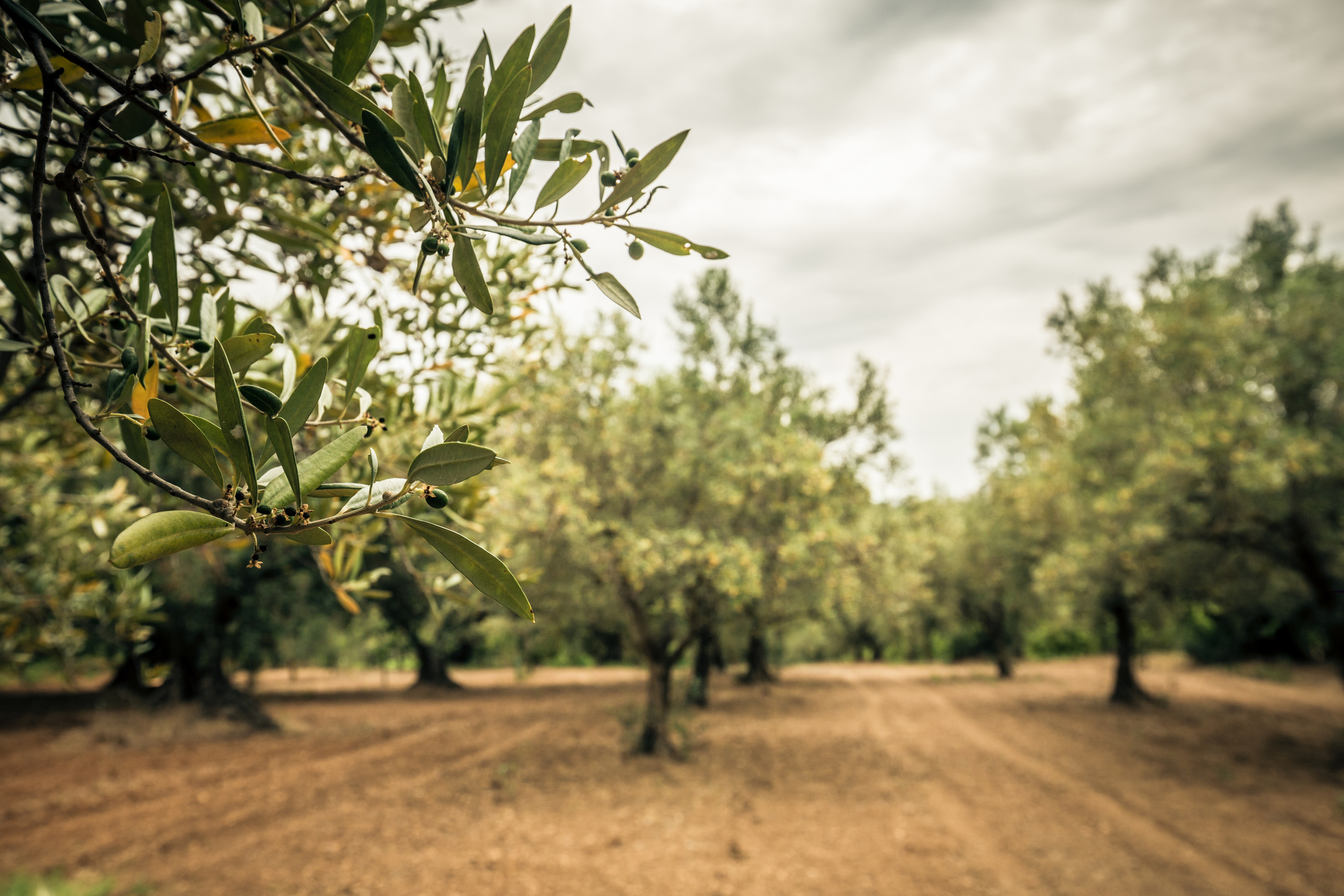Each gender, over the years, has adapted to be in the optimal conditions to survive. Thanks to that, we can enjoy a great wealth of olive trees.
Are there more than 10 varieties of olive tree?
Yes, and I always find it surprising that a single tree can have so many varieties. Having said that, it is perfectly understandable. Numerous varieties exist because not all trees can survive each type of weather, terrain or disease. There are varieties of olive tree, for example, that can endure humid environments and resist the fungi that grow as a result of that humidity, but there are other olive trees that would not be able to survive these conditions.
As you are probably aware, each type of olive tree adapts over time to the best conditions that help it survive. Thanks to this, we are able to enjoy olive trees in abundance: in Italy alone 633 different varieties can be found, and in Spain there are 410. Even understanding the reason for this, it never ceases to amaze me how many varieties of olive tree there are.
The most distinguished olive tree varieties and the taste of their olives
Today I’d like to share with you the most delectable varieties of olive tree that produce the best ol-ive oils: Arbequina, Coratina, Hojiblanca and Picual olive trees.
The Arbequina olive tree produces a small fruit with a large pit, so it does not give off too much pulp. However, its fruity and sweet flavor makes it one of the smoothest varieties. This type of olive is usually blended with other varieties that have a more intense flavor, thus obtaining a mild flavor between them.

The Coratina olive tree variety stands out for the premium quality of the oil it produces. It also has a fruity flavor but, in comparison with Arbequina olives, it is very intense. Furthermore, it has a high polyphenol content, making it particularly beneficial in helping to prevent degenerative diseases such as diabetes and cancer. I am sure you will agree with me that these characteristics help make it one of the best varieties.
Hojiblanca is another of my favorite olive trees. This olive tree is mainly found in Spain and is characterized by the whitish hue on the underside of its leaves. The flavor of its olives is reminiscent of bitter almond and artichoke, accompanied by a light spicy twist. The olive oil extracted from this variety should be stored in a dark container due to its susceptibility to oxidation.
Last but not least, the Picual olive tree variety produces an intensely flavored fruit that stands out for its bitterness and spiciness. It may sometimes have the aroma of tomato, fig or grass, depending on the earliness or lateness of the harvest. These olives produce a very stable olive oil that is resistant to oxidation, which makes it one of the most produced oils in Spain.



